marsokod
- 53 Posts
- 6 Comments

 3·2 months ago
3·2 months agoThat’s electric Vs pure gasoline only. Technically true, and it shows BEV are progressing in terms of share of cars on the road, but this is a very specific milestone that is only useful for click-baiting.

 5·2 months ago
5·2 months agoSolution numéro 4: intégrer le prix de l’amende aux voitures polluantes ? Ça fera passer une partie des ventes vers de l’électrique et donc évitera l’amende ?

 43·3 months ago
43·3 months agoThe more it goes, the more there will be pressure on the Russian forces to divert their resources there. It seems to be a relatively cheap way for Ukraine to alter the whole battlefield, fighting where they are stronger.

 22·4 months ago
22·4 months agoAround 20-25% power consumption reduction against native resolution, that’s neat.

 5·1 year ago
5·1 year agoHow were you even able to cross the parking lot? It’s not like the Toyota Camry can ever return the salute so would you basically become stuck in a salute forever?

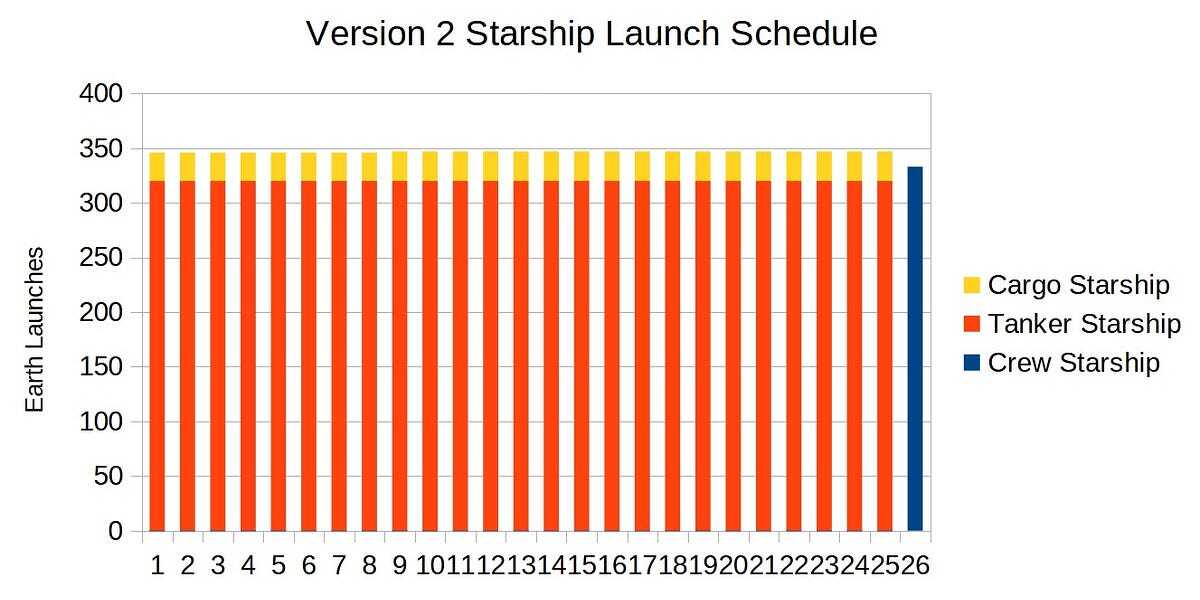
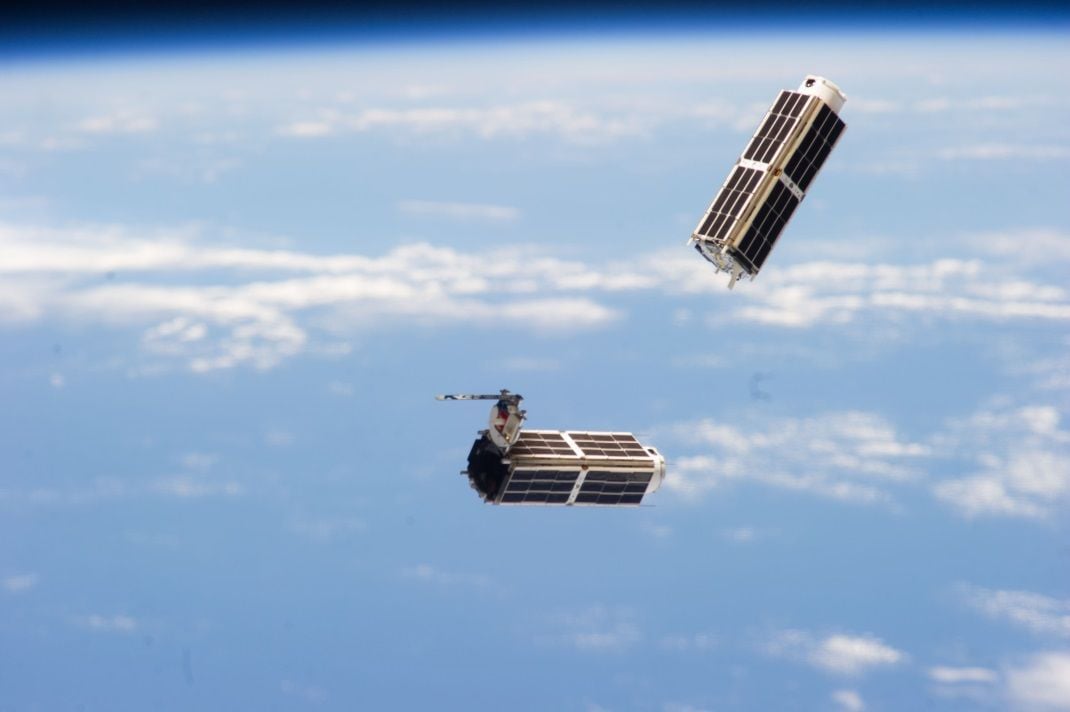
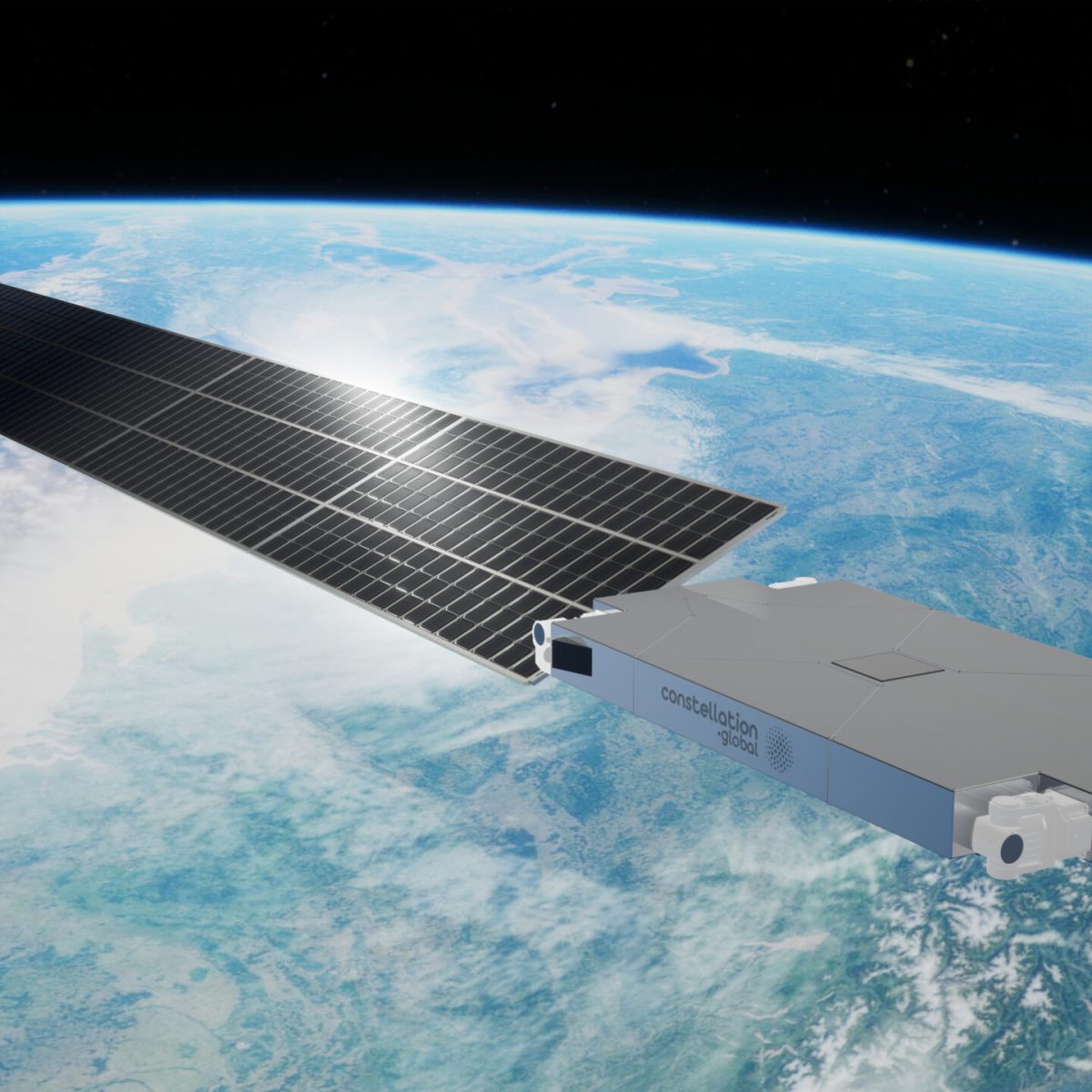
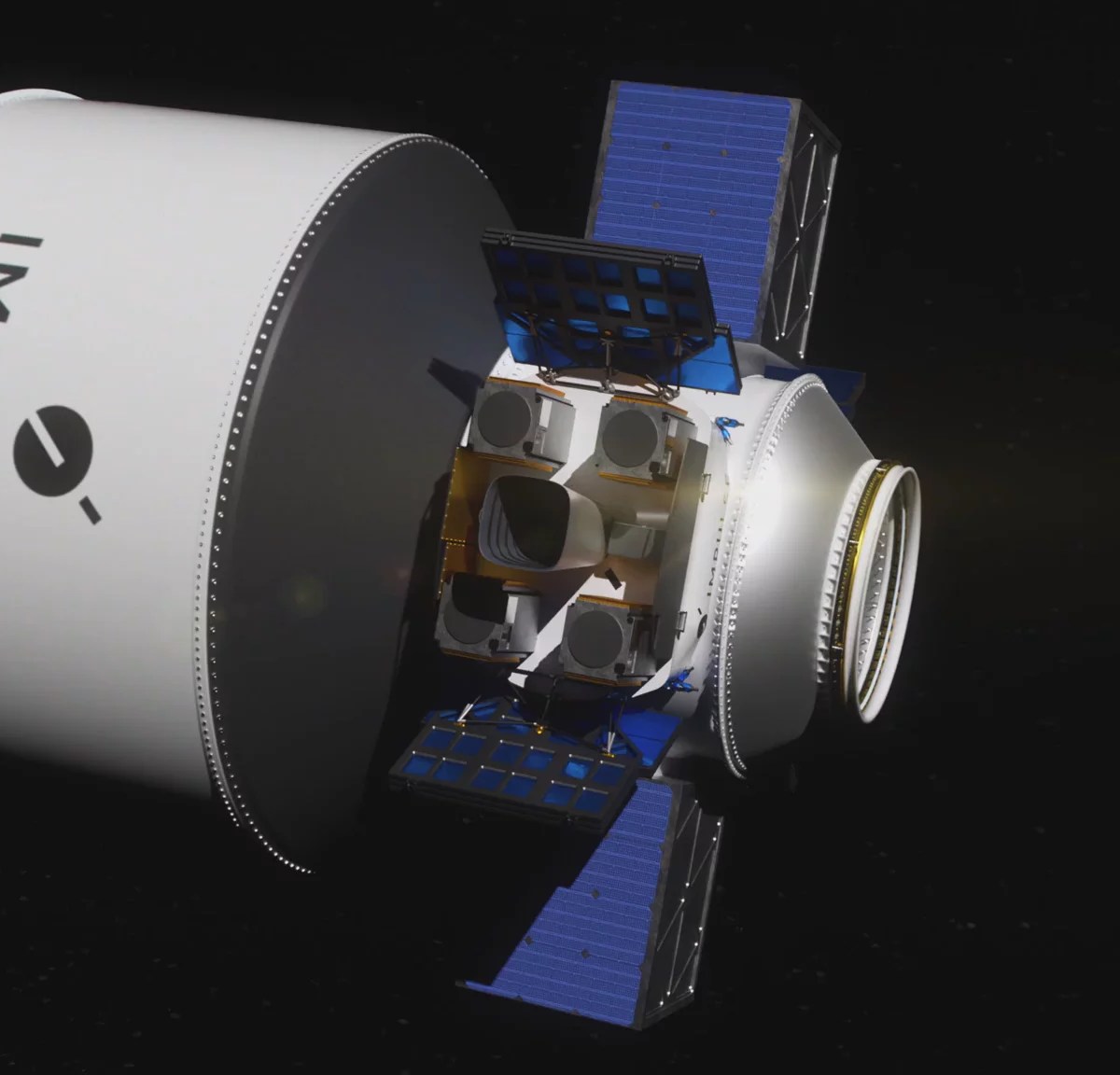
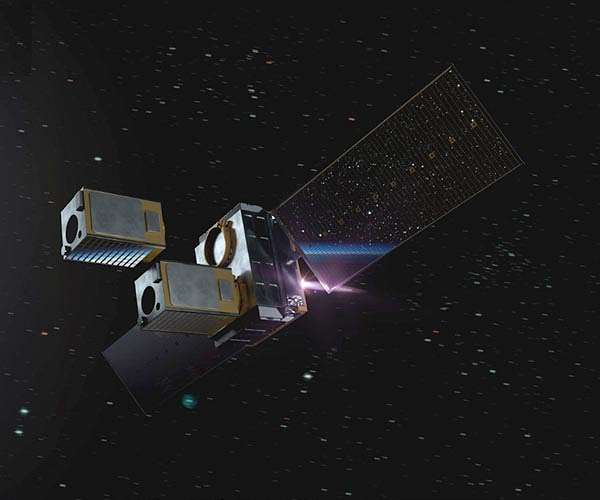
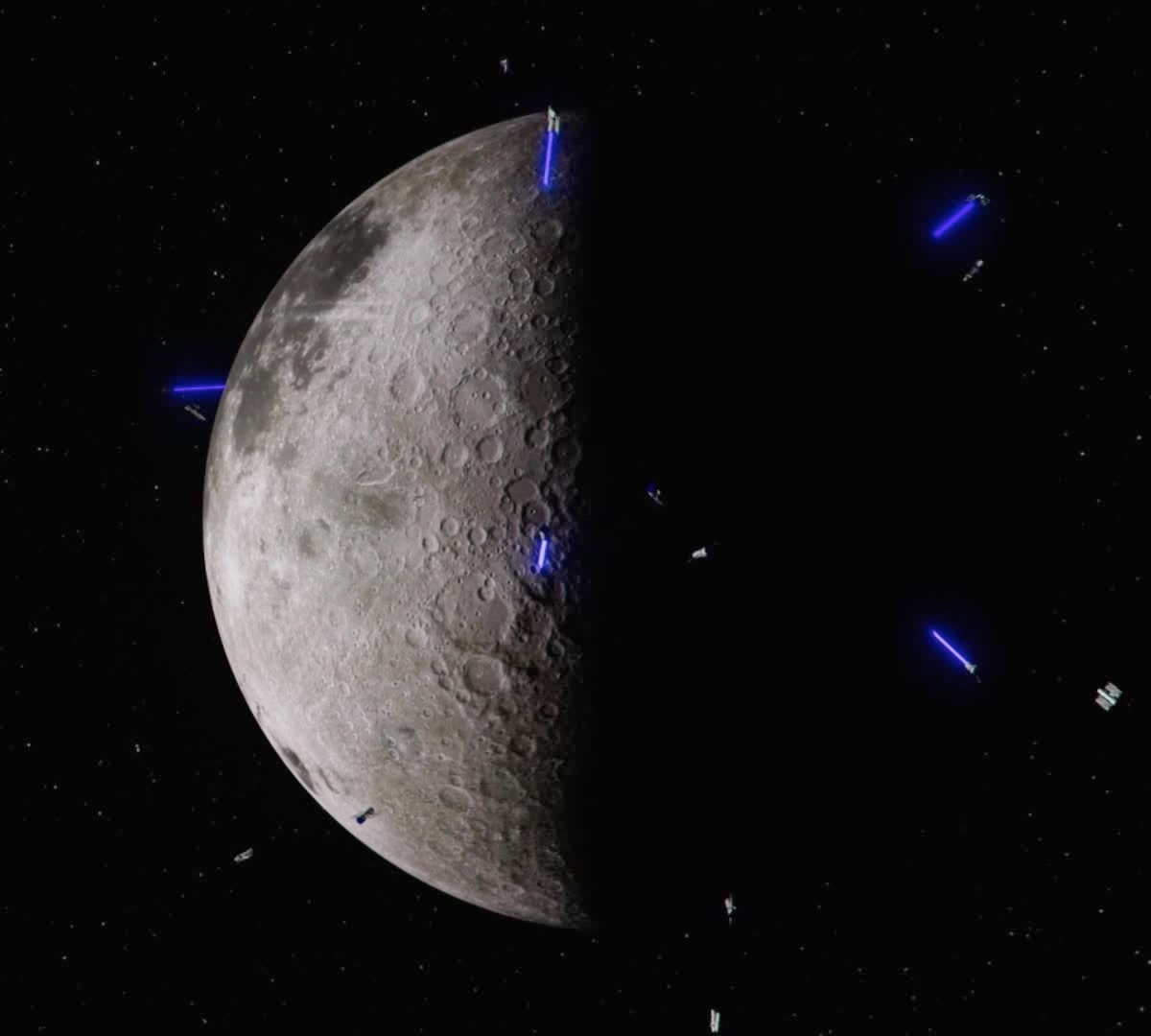

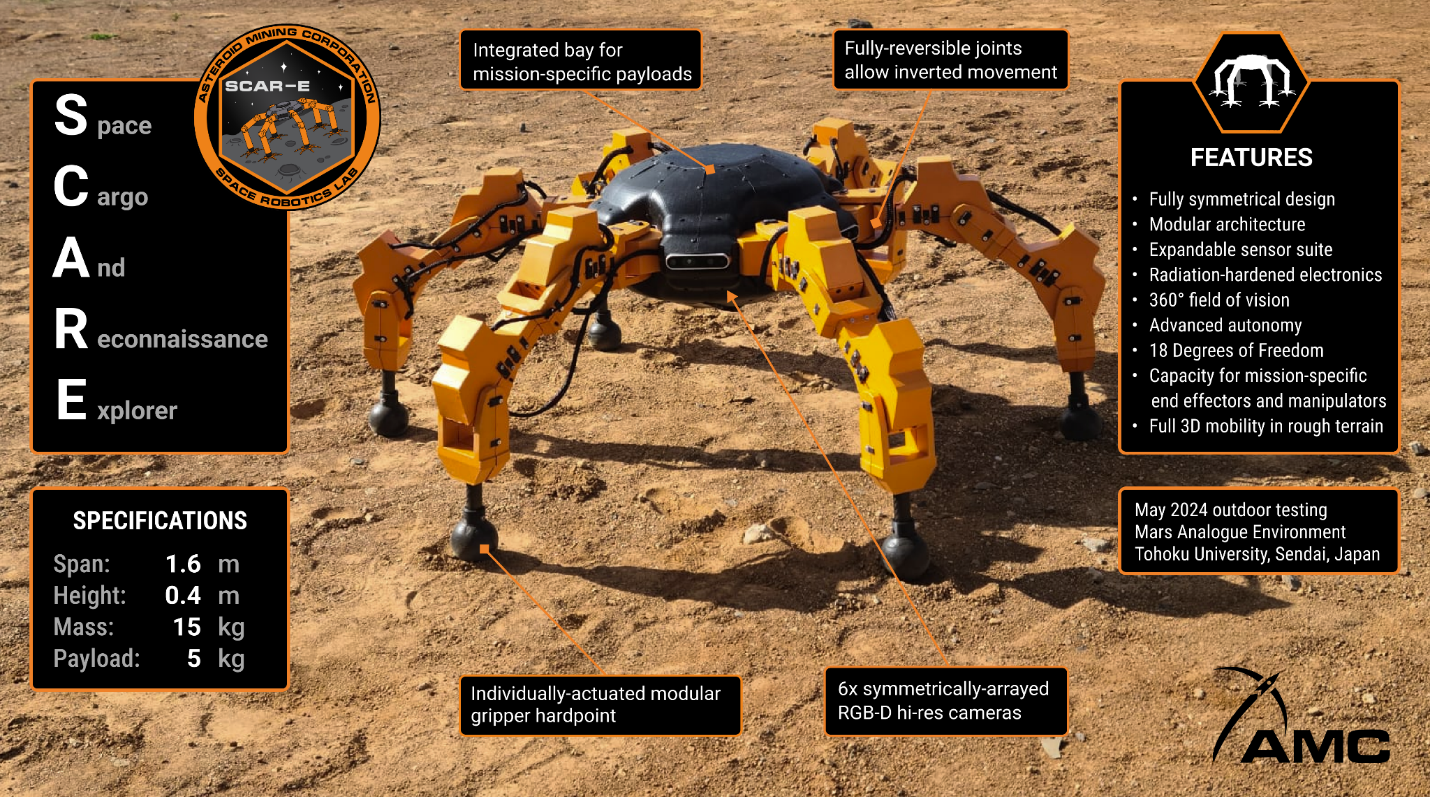

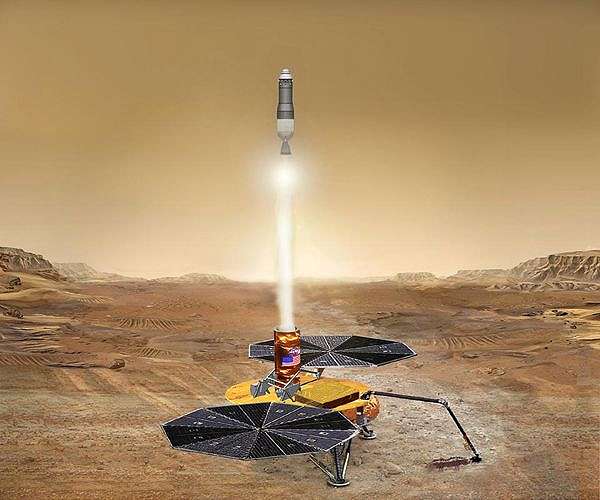
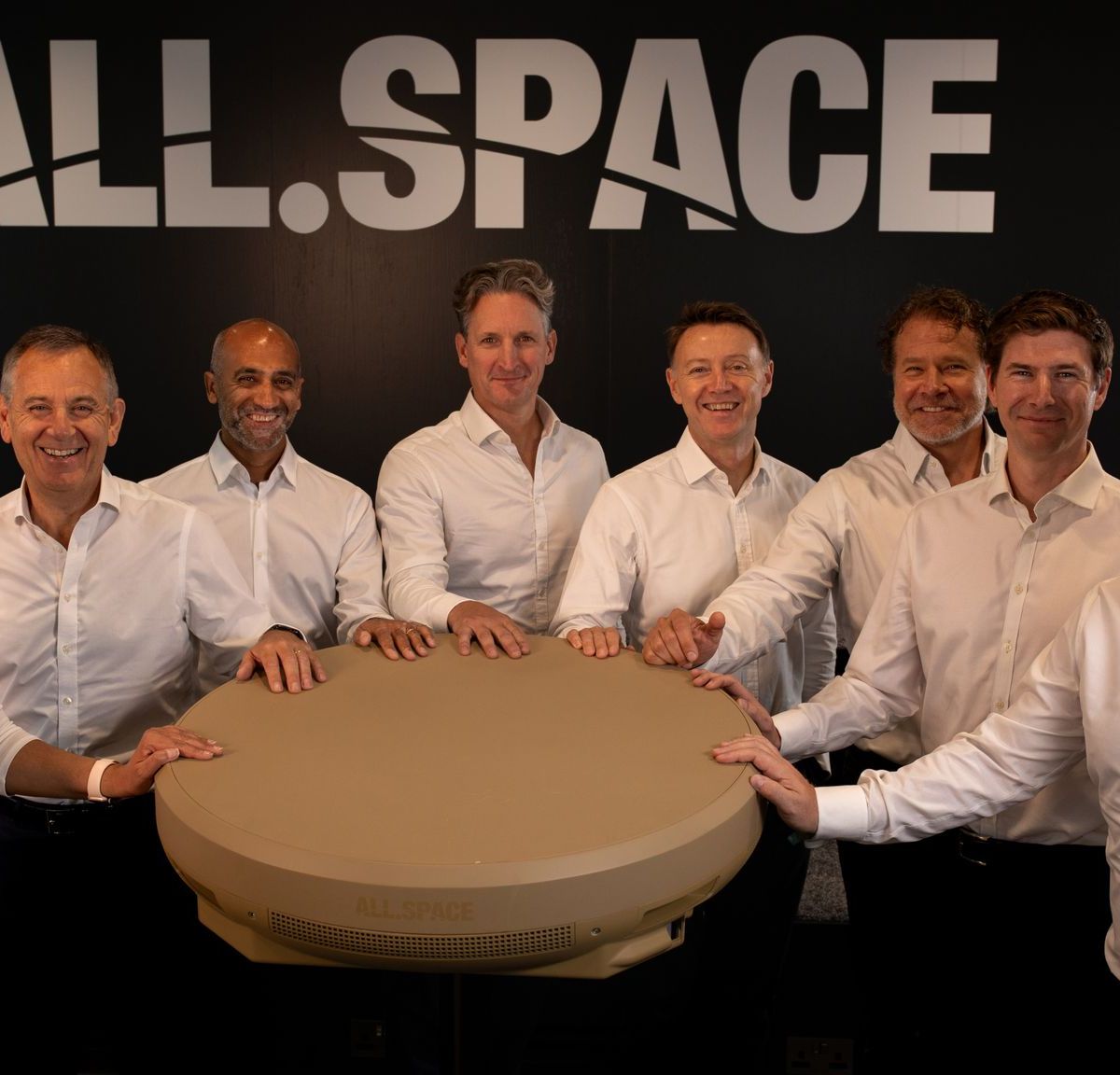
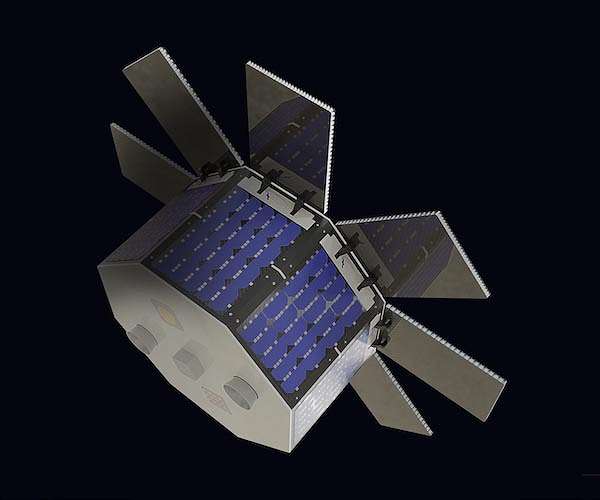


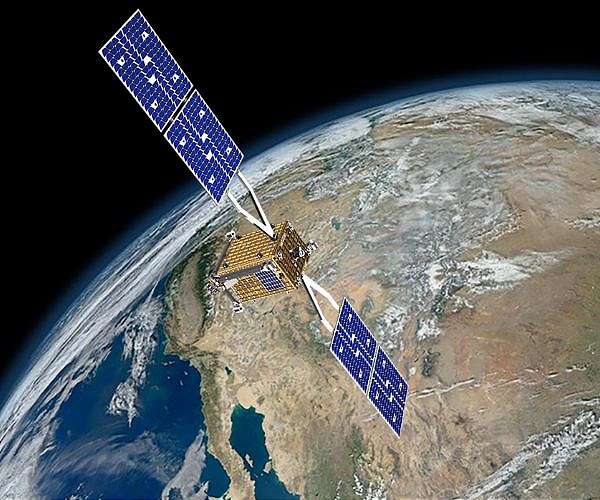



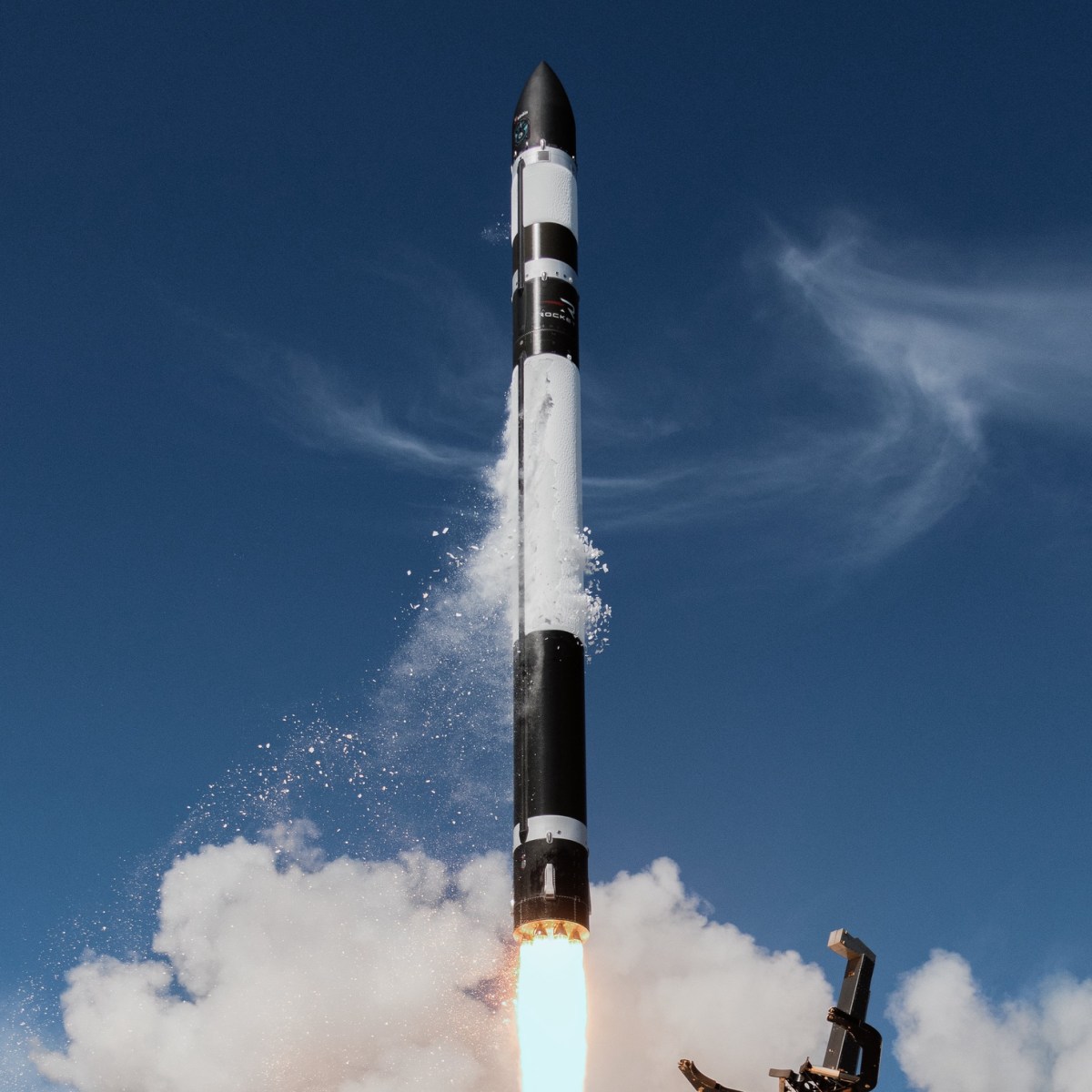

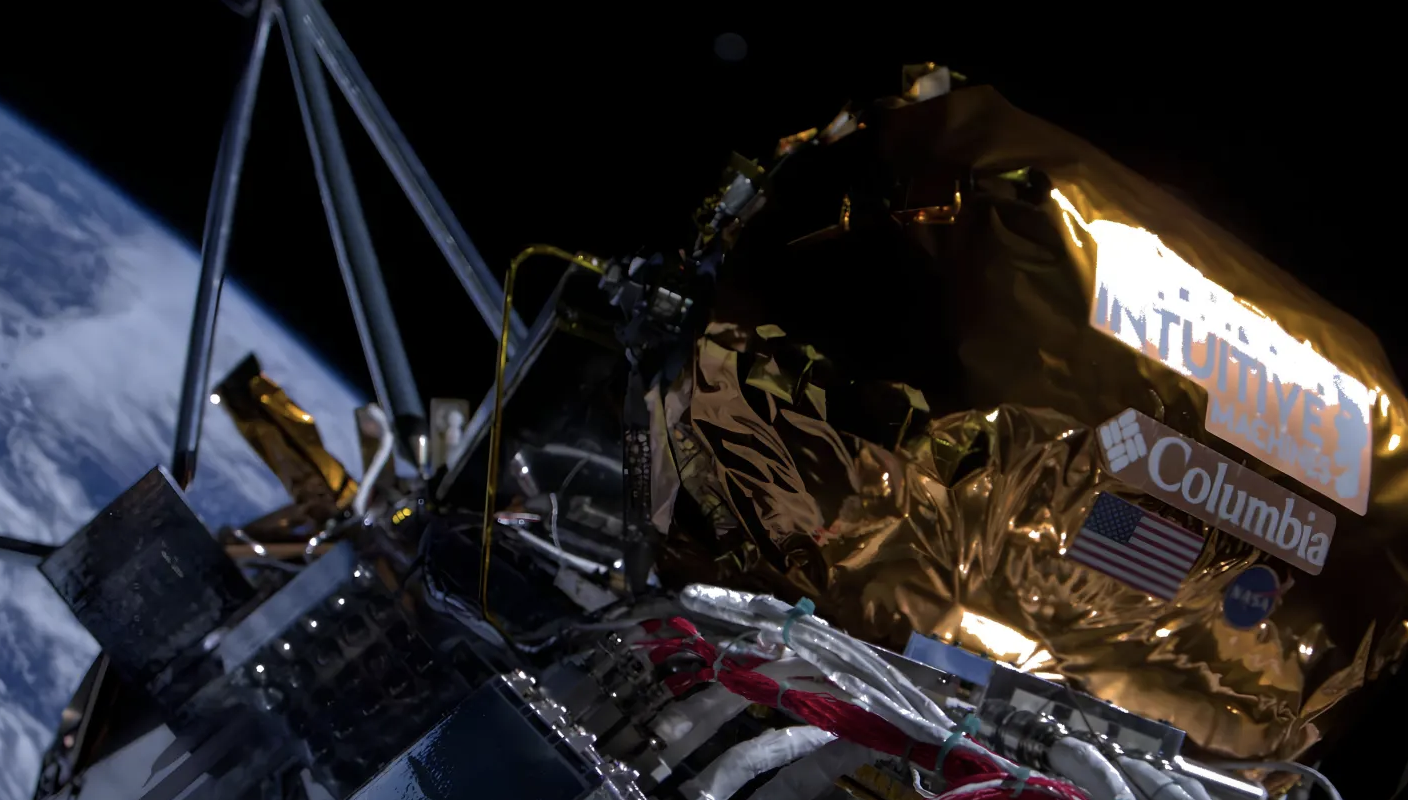
There are a few things that are different from what NASA has done in the past:
SpaceX Rocket is the most powerful rocket ever, surpassing everything that NASA or anyone else has ever done.
they are landing the rockets, with the aim of being able to recover them. If you skip the technicality that SpaceX first stage is suborbital but is part of an orbital launcher, that makes SpaceX the only entity who has achieved that, with some comparison to the Space Shuttle and Buran, though both were losing significant sections of the initial launcher, with very difficult repairs once on the ground.
the cost of the launcher. In terms of capabilities, NASA’s SLS is probably close to Starship. However, it costs around $2B/launch, and nothing is recoverable. Starship is meant for low cost. It is estimated that the current hardware + propellant for a single launch is under $100M. With reusability, a cost per launch under $10M is achievable in the mid term (10 years I would say) once the R&D has been paid ($1.4B/year at the moment, I would guess the whole development for Starship will be $10-20B, so same if not less than SLS).
the aim for high speed reusability - SpaceX aim is to launch as much as possible, as fast as possible, with the same hardware. While it is a bit early to understand how successful they will be (Elon was saying a launch every 1hr, which seem to be very optimistic, I would bet 6-12hrs to be more achievable). That was NASA’s original goal for the Space Shuttle, and they failed that.
finally, orbital refueling means you have a single vehicle that can basically go anywhere in the inner solar system without much issues, and minimal cost.
Also, what gets people excited are the prospects of what this enables. A 10-100x decrease in the access to orbit changes completely the space economics and opens a lot of possibilities. This means going to the Moon is a lot simpler because now you don’t need to reduce the mass of everything. This makes engineering way easier as you do not need to optimise everything to death, which tends to increase costs exponentially. And as for Mars, Starship is what makes having a meaningful colony there possible. Doing an Apollo like mission on Mars would have been possible for decades, but at a significant price for not much to show for. With cheap launch, you can just keep sending hardware there.